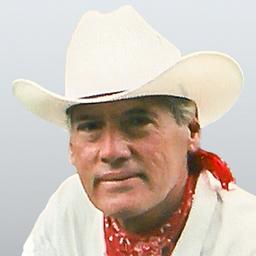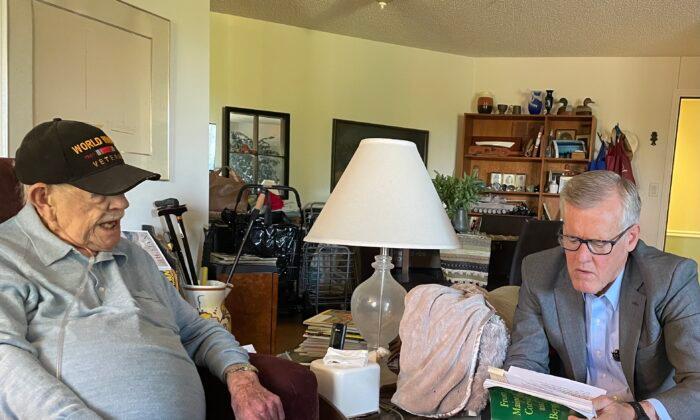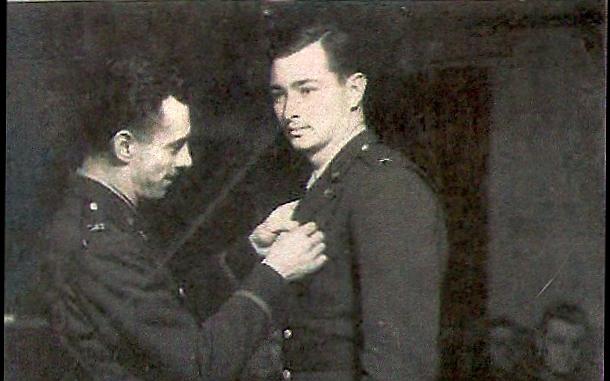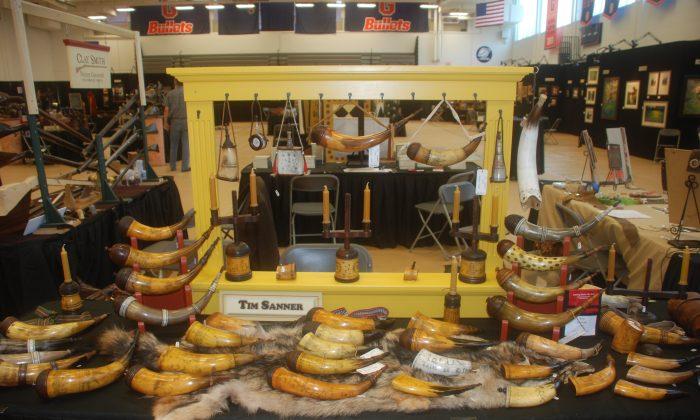GUATEMALA—Antigua, a city in the mountains, about 40 miles southwest of the capital of Guatemala City, is home to jade workshops and stores that specialize in jade jewelry.
The Casa del Jade, near Antigua’s central square, uses highly skilled artisans to create modern replicas of ancient Mayan jade masks and fine jewelry set in gold with diamonds.
“It takes us seven days to make this jade mask,” said Pascual de Paz, an artisan at Casa del Jade. He and Gustavo Ramirez were working on small pieces of dark-green jade that were to be fitted to a wood frame carved to the dimensions and proportions of original burial masks.
“This one will require 103 individual pieces of jade,” de Paz said. He held up a finished piece used as a model next to the carved wooden frame being fitted with jadeite pieces.
Each mask requires selection from stones found in the jade mine at Zacapa, careful cutting of the stone, then selection of pieces that are eventually cut to size, ground, and polished.
Indigenous people of the Americas considered jade holy. Intricate masks of worked jade have been found in ancient Mayan burial sites. Ornaments of jade were used to adorn royalty.
De Paz fitted hand-cut and polished pieces of green jade to the wooden form that was a copy of the King Pacal mask. The mosaic mask was discovered covering the face of King Pacal in his burial pyramid.
King Pacal lived during the Mayan classical era and died on Aug. 31, 683. He lived to see the completion of his burial pyramid and ruled as king over Palenque, Chiapas, in Mexico. When the king’s tomb under the Temple of Inscriptions was opened, the mask covering his face was discovered along with many jade, mother-of-pearl, and ceramic pieces.
Another museum-quality replica worked on by de Paz and Ramirez in the jade factory is the Tikal 160 Mask. When the burial mask was discovered in Tomb 160, it was broken into 174 pieces. The Tikal 160 mask dates from the early classical Mayan era, A.D. 527.
Restoration of the original mask was made from stelae inscriptions. Clearly a nobleman’s death mask, it was composed of serpentine for the face, jasper for the ears and lips, with shell-and-obsidian eyes and jade for the ear flares.
“The Spanish came looking for gold. For the Mayans, jade was more important. The Spaniards took the gold, not the jade,” explained artisan Fredy Gomez, who has been working at Casa del Jade for 23 years.
The Mayan jade mines that produce the shop’s jade were only discovered in 1950, according to Gomez. The founder of Casa del Jade was one of two people who started the jade industry in Guatemala.
To give an idea of the value placed on finished jade jewelry, an imperial-jade ring with a beautifully polished stone set with diamonds had a price tag of $6,500. A small orange-jade ring was $2,900. A bracelet with cabochon-cut jade of various colors cost $2,600.
“A month ago, I sold a bracelet with 17 cabochons, 6 by 4 millimeters [0.2 by 0.15 inches], set in gold, with diamonds, for $13,600,” Gomez said. A lavender-jade bead necklace cost $4,845.
The Casa del Jade has its own staff of designers, jewelers, and artists.
To make round beads like those used in the lavender-jade necklace, the best part of the stone must be chosen. Then it is cut into a cube. Factory workers make the cube round by hand. The smallest bead is hardest to make and is about 4 millimeters. It takes on average of two hours to make a round bead of jade. Once cut into a cube, the finished imperial-jade piece, used for the ring, took four hours to shape round.
Jade Colors
While people traditionally associate jade with the color green, jade colors vary, including black and white. There are shades called apple green, typical green, moon jade, orange, imperial, lavender, baby blue, and light green. Single sculpted pieces of jade, like those used in the bracelet, sell for $600.
“Black jade is the hardest. We use diamonds to cut it. Black jade only comes from Zacapa and from Burma, in Asia,” Gomez said. Mayan warriors and hunters used black jade in weapons because of its hardness.
They only discovered orange jade in Zacapa, Guatemala, six years ago in a vein inside white jade. Thirteen years before that, they discovered lavender jade.
“Hurricane Mitch brought down parts of the mountain, and we found the lavender. We have three rare varieties of jade here: lavender, baby blue, which was discovered in a vein inside lavender and orange, which was found inside the white. These three can only be found in Guatemala. All have been examined by the Gemological Institute of America and certified as jade,” Gomez said.
Outside the jade factory were large rocks. One contained a vein of imperial jade. The deep-green color was visible in the boulder. Spraying water on the stone brought out the contrast, showing the deep-green color of the vein.
“These jade rocks come from the river and the mountain. You have to cut this rock to get to the vein. It is always a surprise where the vein runs,” Gomez said.
Other jade rocks contained black jade. Some showed mica that glinted like silver in the sunlight.
“We use 20 to 30 percent. The rest are impurities like mica, carbon crystals, and fractures,” the jade expert explained.
“We have to cut the rock with a 36-inch diamond blade that turns at 1,700 rotations per minute. We can only cut 4 1/2 inches in an hour,” Gomez said. “We then choose only the best part of the jade.”
John Christopher Fine is the author of 24 books. His articles appear in magazines and newspapers in the United States and Europe.





